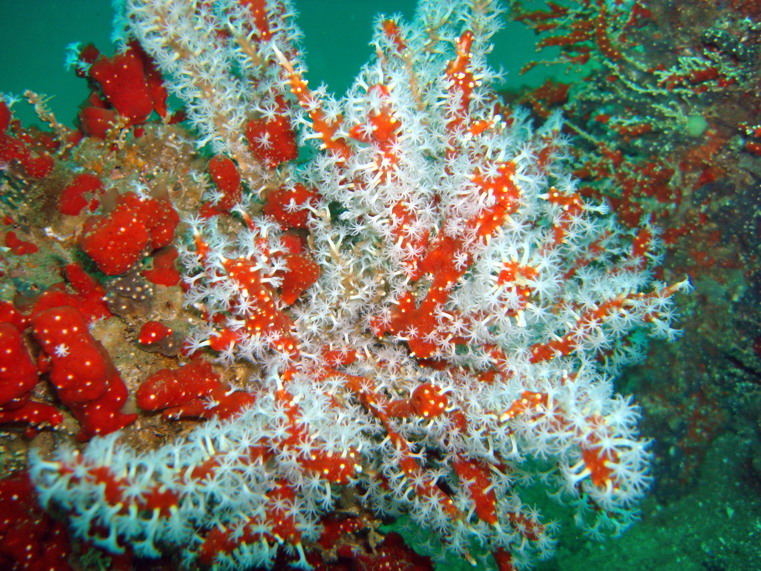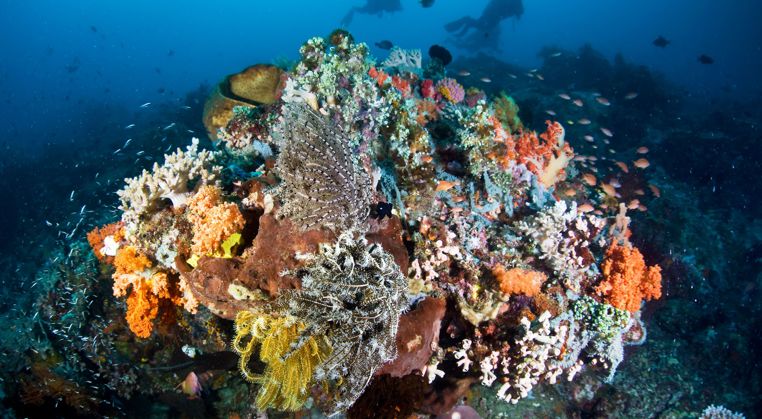24 Jan
2023
Corals are a unique form of life
They are living organisms that cover themselves with a special shell. It is formed by one of billions of small polyps that grow on the exoskeletons atop other polyps of the same species. As a result, very slowly, over the years, a calcium structure of the most bizarre shapes, colors and, sometimes, unbelievable sizes is formed.

By the way, you can touch them on the planned cruise with the sailing ship RUNNING ON WAVES.
The Red Sea is home to 6% of all corals on Earth. It is an incredibly important element of life at sea, as reef formations act as breakwaters, protecting quiet bays from coastal waves.
This has created an ecosystem of thousands of unusual creatures in the vicinity of corals, whose lives depend directly on the preservation of this barrier.
Why is it important?
If you take the totality of all coral reefs on our planet, at least 7,000 species of fish live in the reef zone, more than half of the known ones. It is believed to be the staple diet of people from 90 countries.
Needless to say, how many other creatures live here

Alive and dead
A living coral reef will be colorful because they necessarily contain algae, symbiodiniums, also called zooxanthellae.
They live inside the coral like an apartment, protected by the reef's calcareous skeleton from other sea creatures.
Both corals and symbiodiniums benefit from this cooperation. Corals get food and "cleaning services'' because these algae consume carbon dioxide. Well, the zooxanthellae get a place in the sun.
A dead reef, for some unknown reason, evicts symbiodiniums from its corals. Along with them goes the coloring and strength of the coral frame.
Therefore, such a phenomenon must be looked at. A coral reef is almost a planet inside our common Planet.